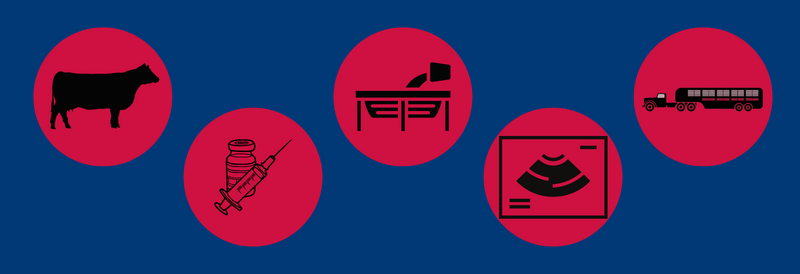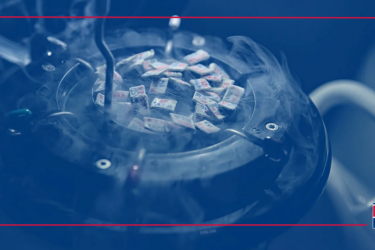March 8, 2023
Reproduction directly impacts the overall efficiency and profitability of cow-calf operations. If females don’t become pregnant during the breeding season, they are utilizing resources that could be better spent on more productive females and are instead an expense to the producer. Therefore, managing reproduction is of the greatest importance. Understanding the factors to manage that impact a reproduction program is the first step to ensuring success.
Increase the Number of Females Bred Early
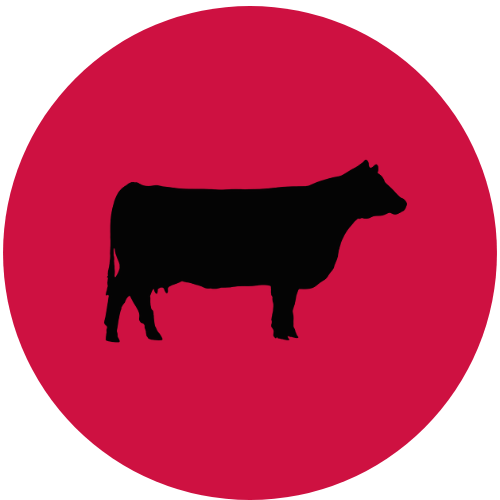
One of the most important management strategies of any breeding program is to get cows and heifers pregnant early in the breeding season. This way, calves that are born earlier in the calving season are older and heavier at the time of weaning, and as a result, can be more profitable at the time of market. In addition, heifers born early in the calving season have more time in which to reach puberty before their first breeding season and cows have more time to begin cycling again before their next breeding season. Subsequently, females that calve early have a greater chance of becoming pregnant early in the following breeding season. One of the best strategies to get females bred early is the use of estrus synchronization and artificial insemination (AI).
Cyclicity and Nutrition Affect Reproductive Performance
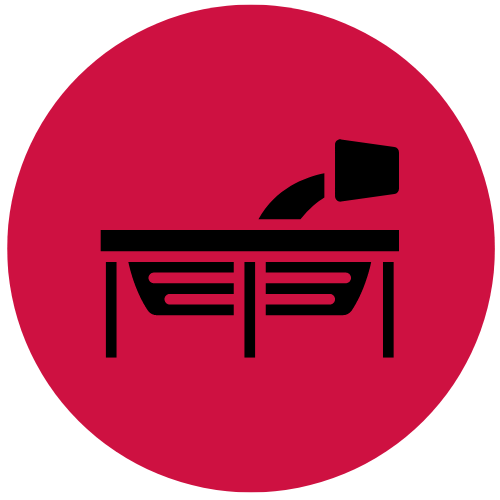
For a cow or heifer to become pregnant, she must come into heat, or cycle. Several factors influence cyclicity of a cow or heifer, such as body condition at calving, dystocia, retained placenta, health, and post-calving nutrition. Good nutrition not only ensures an earlier return to cyclicity but also contributes greatly to the total productivity of the herd by supporting greater pregnancy rates and larger weaned calves.
Replacement heifers should reach puberty around 14 to 16 months of age, be large enough at breeding so that 90% or more of the herd are cycling and be large enough at first calving to minimize calving difficulty. A good rule of thumb is to have heifers weigh at least 65% of their mature body weight at breeding so that a large proportion of them will be cycling. A females’ condition at calving also determines her reproductive performance and productivity in a cattle operation. Body condition should be sufficient to support milk production and rebreeding without interfering with parturition. Ideally, females should have a BCS of 5 or 6 at calving and should calve unassisted.
Administer Vaccinations Correctly
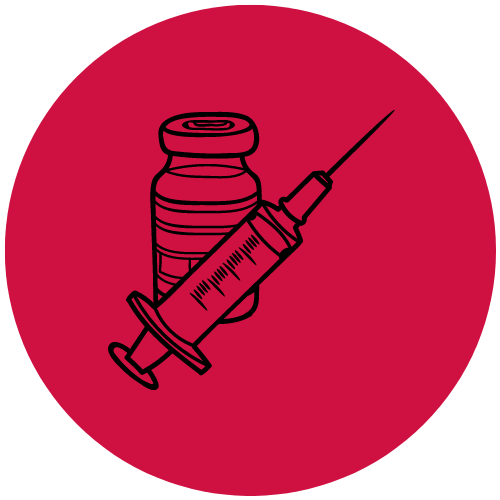
Proper pre-conditioning is important in heifers, which should receive a modified live vaccine sometime after weaning to prime their immune systems. Research out of South Dakota State University suggests that modified live vaccines should not be administered at the start of the breeding season or during estrus synchronization in never-vaccinated heifers to avoid abnormal estrous cycles and detrimental effects on reproduction (Perry et al., 2013). Modified live and killed vaccines should be administered at least 45 days before breeding to avoid a potential reduction in conception rates (Perry et al., 2018). Nevertheless, consult with your veterinarian to establish a vaccination program and before making any changes to current protocols.
Reduce Stress for Optimum Reproductive Performance
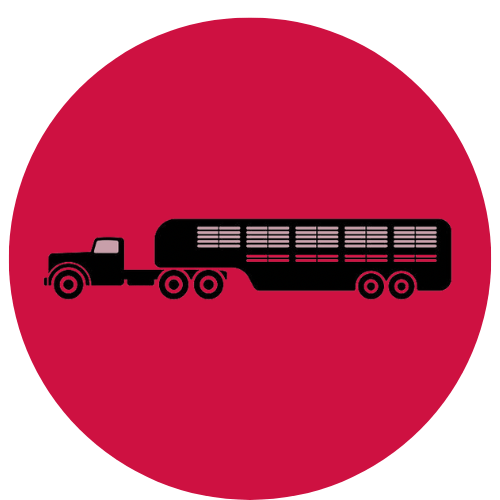
Stress is the inability of an animal to cope with its environment and can result in the animal not reaching its genetic potential. As a result, reductions in feed intake, nutritional status, growth rate, milk yield, disease resistance, and fertility may occur. Stress can be the result of multiple factors, such as health issues, poor animal handling practices, transportation, or certain management practices such as overstocking or sudden changes in environment. Release of stress hormones can interfere with precise timings of reproductive hormone release and can affect the uterine environment. Therefore, prevention or alleviation of stress is critical for optimum reproductive performance in beef cattle operations.
Tips for Reducing Stress During Transportation and Animal Handling
Transportation. Cows relocated during early pregnancy may experience both psychological and physical stress due to handling and transportation, which could result in reduced pregnancy rates. Before day 5, the embryo is still in the oviduct and is not susceptible to negative changes in the uterine environment that may occur due to the release of stress hormones. However, once the embryo migrates to the uterus on approximately day 5 of gestation it is at the greatest risk of loss, since it can now be affected by negative changes in the uterus. Therefore, it is recommended that cattle be transported between 1 to 4 days after insemination or after 60 days of gestation if possible.
Animal Handling. Low-stress cattle handling is an important practice being emphasized throughout the beef industry. Learning how cattle flow and how they can be moved with minimum stress can really pay out, as low-stress handling practices are beneficial to both cattle and cattle handlers in terms of safety and stress. An animal’s previous handling experiences will affect their stress reaction to handling. The more an animal is handled stressfully (shouting, chasing, interfering dogs, overuse of cattle prods, etc.), the more stressed they will become and the more difficult it will be to handle them in the future. Cattle that are handled well initially can become accustomed to handling and may flow more easily through the working facility in the future. Good facilities can also aid in reducing handling stress as cattle can flow through them more easily.
Use Pregnancy Diagnosis for Culling and Rebreeding

Keeping a non-pregnant female for an entire year has negative economic implications, as she accrues the same costs as a pregnant female but does not generate income. Therefore, pregnancy diagnosis is an important part of reproductive management in productive beef cow-calf operations as it allows for the detection of non-pregnant females. This way, producers can make managerial decisions to increase reproductive efficiency, such as culling infertile females and potentially rebreeding females that are open.
Reproduction is the most profitable thing that a beef producer can manage in a cowherd. Cows that do not carry a calf every year are only a cost to the operation. Also, a shortened calving season has been proven to increase longevity of the cowherd and profitability from early calving cows with heavier weaned calves. These scenarios are a few examples of why managing reproduction impacts your bottom line.
As a company that distributes genetic improvement, ABS Global understands that the vehicle to accomplish genetic improvement is primarily through reproductive management and technology. To boost efficiency in your cowherd and generate revenue from a successful reproduction program, contact your local ABS Representative today or complete the form below.




